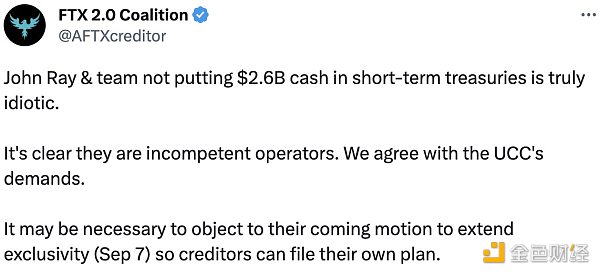How to solve the trust problem of financial transactions? Academician of the Chinese Academy of Engineering, He Hezhen: Using technologies such as blockchain
Beijing News reporter Gu Zhijuan
Editor Liu Xiaoyang proofreading Guo Li
Source: Beijing News
Editor's Note: The original title is "How to solve the financing problem of SMEs? Academician He Hezhen proposes a solution
- BTC once again held $7,800 support, short-term bearish trend eased
- "Mastering Bitcoin" Author: Bitcoin currency is the reserve currency for all other encryption
- Babbitt column | 4 angles, understanding the meaning of blockchain to real life
Xinjing News (Reporter Gu Zhijuan) On October 20th, at the 6th World Internet Conference, Chinese Academy of Engineering academician He Hezhen proposed that information technology can be applied to financial assets in a variety of ways, which can transform the original financial format and generate financial instruments. The digitization and digitization of financial participation methods. Capital will directly contribute to the development of the digital economy, and the investment and financing environment for optimizing the development of the digital economy is particularly urgent.
He Hezhen said that the application of information technology in financial assets first provides a trust mechanism. Traditional technology can't solve the trust problem of financial transactions very well. Therefore, many transactions need to be carried out in an organized on-market market. The use of blockchain and other technologies makes electronic data no longer easy to delete, easy to change, easy to copy, and protects the original data. Trustworthy, value exchange on the Internet no longer needs to rely on financial private networks. On the basis of the establishment of the trust mechanism, information technology can further play the role of activating digital assets and ensuring the security of assets, and innovating financial formats, such as regulatory technology, big data credit, smart investment, digital currency and so on.
A typical application example is Inclusive Finance. China's credit card holdings are not high. Many farmers and individual industrial and commercial households cannot obtain credit from banks because of lack of credit. The development of information technology now solves the availability of their financial services. In addition, technology can also be used for marketing and promotion of financial products, improve the level of risk control, and support financial supervision. In the past, China's financial supervision was mostly license management. In the era of digital assets, financial diversity and openness have brought new challenges to regulation. For example, smart contracts in blockchains also need to be verified by relevant departments. Regulatory requirements, when necessary, the regulatory authorities can prevent the non-compliant smart contracts from going online and shut down the rights of their residents to execute smart contracts.
He Hezhen also proposed technical solutions to the problem of small and medium-sized micro-enterprise loans. He said that many companies have no pledges and cannot obtain loans from banks because they do not have real estate. However, there are always semi-finished products in small enterprises. If a camera is supervised on the shipping window, the original movable property can be regarded as temporary real estate. The camera is handed over to the bank. The bank sees that the goods have not left the window. These temporary real estates can be used as pledges to lend; however, companies are required to repay loans before shipment. The whole process is regulated by blockchain, which can lower the loan interest rate and provide short-term loans and small loans.
For the financing of the digital economy itself, he congratulated that digital economic enterprises are different from those that use materials as production factors, and it is difficult to obtain indirect financing. Bonds are not suitable for digital economic enterprises. The main financing methods for digital economic enterprises are first of all, the science and technology board, followed by the government to establish guiding funds, in addition to multi-level equity investment, venture capital and so on. Capital will directly contribute to the development of the digital economy, and it is also the pillar of the digital economy. It is even considered to be the technical connotation of the digital economy. The investment and financing environment for optimizing the development of the digital economy is particularly urgent.
We will continue to update Blocking; if you have any questions or suggestions, please contact us!
Was this article helpful?
93 out of 132 found this helpful
Related articles
- Bitcoin mining is really green? The so-called "destruction of the environment" is actually untenable.
- Global central banks jointly create a unified digital currency? The deputy governor of the Bank of England once again confirmed this plan.
- The funds can be stolen and can be withdrawn, the private key can be recovered, and the GateChain test network is officially released.
- Synthetic assets in DeFi: uses and opportunities
- Report: Ruibo sold 70% XRP less in the third quarter, and the token allocation rate was lower than the ETH inflation rate.
- Filecoin's Ultimate Guide: Digging the Filecoin White Paper
- BTC continues to fluctuate around USD 8000, short-term bearish pressure increases




